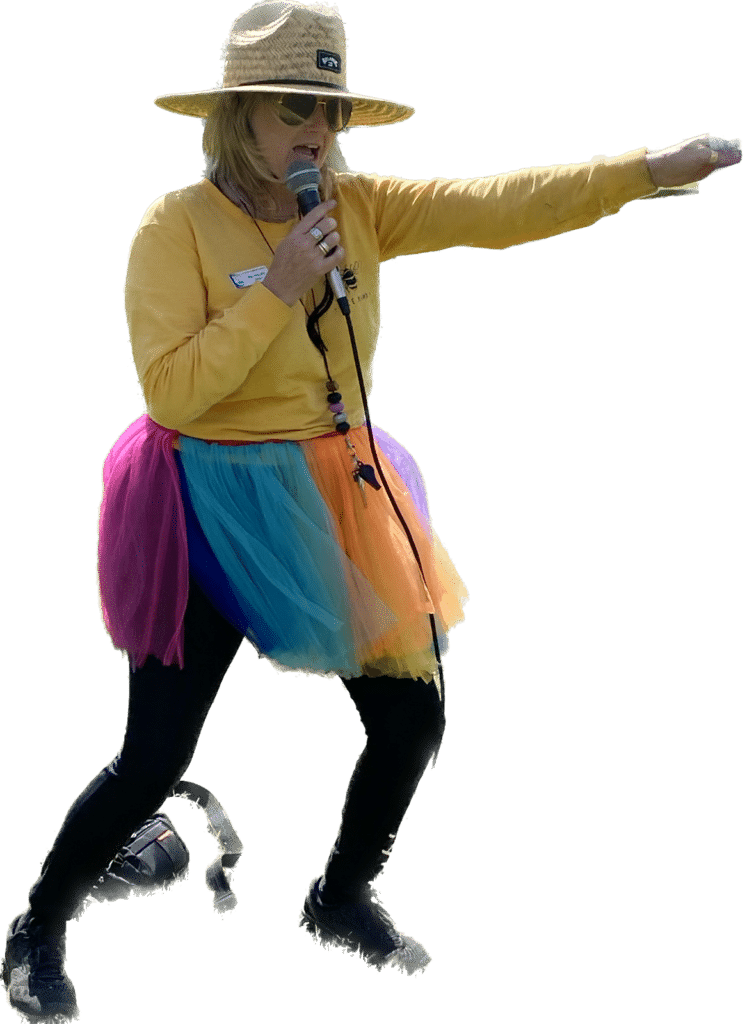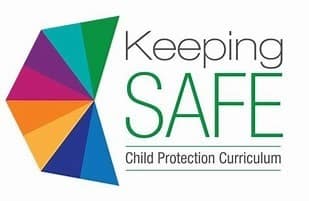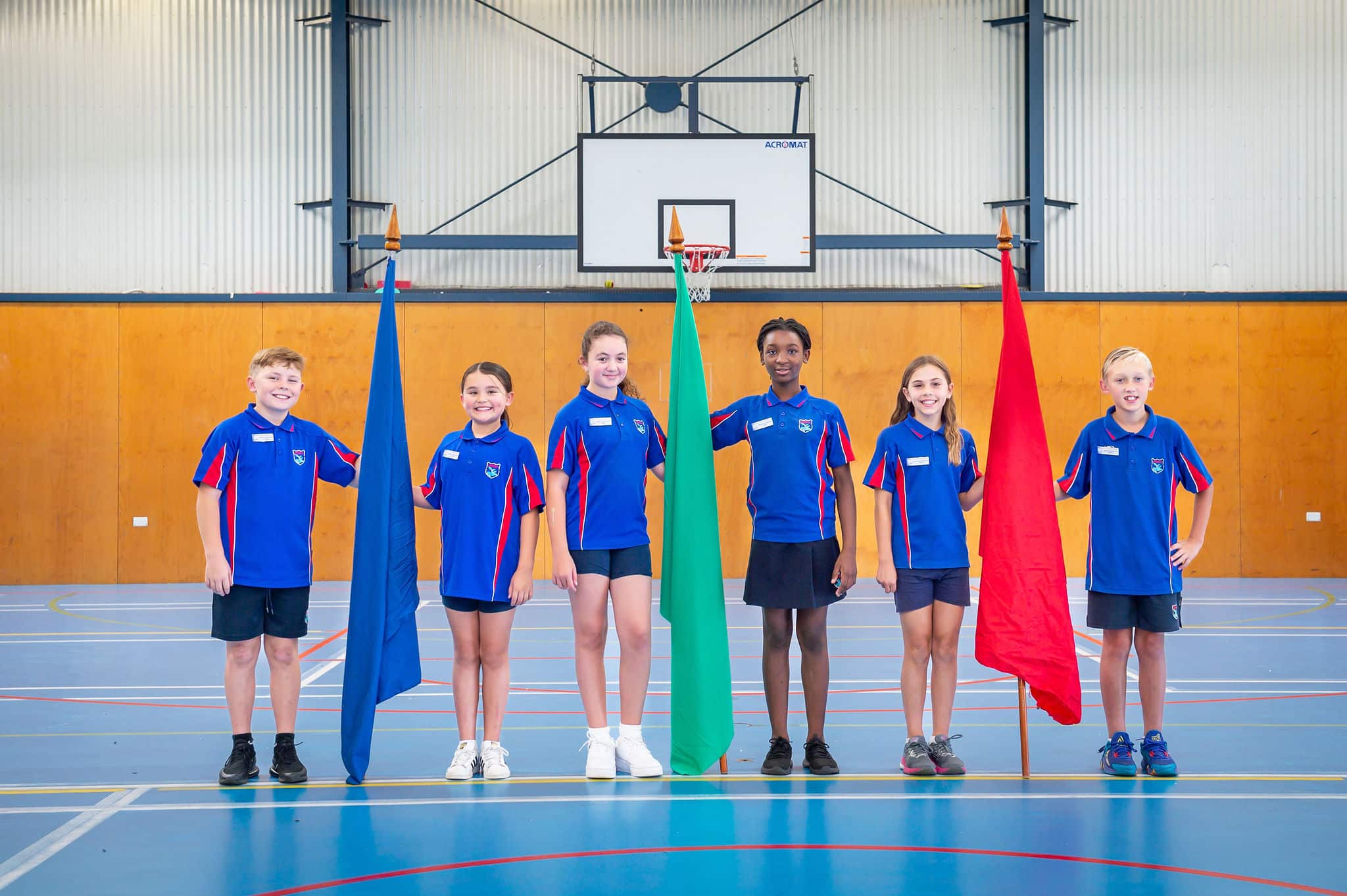Health and Physical Education is organised into two content strands:
- personal, social and community health
- movement and physical activity.
Health and Physical Education (F–10) aims to develop the knowledge, understanding and skills to enable students to:
- access, evaluate and synthesise information to take positive action to protect, enhance and advocate for their own and others’ health, wellbeing, safety and physical activity participation across their lifespan
- develop and use personal, behavioural, social and cognitive skills and strategies to promote a sense of personal identity and wellbeing and to build and manage respectful relationships
- acquire, apply and evaluate movement skills, concepts and strategies to respond confidently, competently and creatively in a variety of physical activity contexts and settings
- engage in and enjoy regular movement-based learning experiences and understand and appreciate their significance to personal, social, cultural, environmental and health practices and outcomes
- analyse how varied and changing personal and contextual factors shape understanding of, and opportunities for, health and physical activity locally, regionally and globally.
The movement and Physical activity strand covers the following:
Moving Our Body
- Refining movement skills
- Developing movement concepts and strategies
- Understanding movement
Understanding Movement
- Fitness and physical activity
- Elements of movement
- Cultural significance of physical activity
Learning through movement
- Teamwork and leadership
- Critical and creative thinking in movement
- Ethical behaviour in movement settings
The Physical Education program at Lockleys Primary School exposes students to a wide range of sports throughout the year. These sports are taught by a specialist teacher and also taught through accesses to specialist sports providers throughout the year. Some of the sports students have access to include but are not limited to golf, tennis, rugby, football and athletics. This ensures students gain a greater understanding a variety of sports and also develop a wide skill set that enables them to be lifelong learners of physical education.
Children develop co-ordination and ball skills through fundamental movement skills. As well as gain an appreciation for sports theory, game sense and tactics as children get older.
Students aged 12, 11 and 10 or turning 10 in year of competition, have the opportunity to participate in in SAPSASA events. These opportunities are competitive and children need to meet the qualifying requirements for their age group. Students have the opportunity to participate in regional, state-wide and national programs if they meet the qualifying requirements. Events include but are not limited to soccer, football, tennis swimming, cross country and athletics carnivals.
Sports Day is an important annual event that is well attended by families. The event is held on the school oval. Year 6 students have the honour of nominating to be a house captain. This role sees them leading their team on the day and at other events throughout the year.

The personal, social and community health strand covers the following:
Being healthy, safe and active
- Identities
- Changes and transitions
- Help-seeking
- Making healthy and safe choices
Communicating and interacting for health and wellbeing
- Interacting with others
- Understanding emotions
- Health literacy
Contributing to healthy and active communities
- Community health promotion
- Connecting to the environment
- Valuing diversity
Keeping Safe: Child Protection Curriculum
As part of the Health Education program at Lockleys Primary School teachers also deliver the Keeping Safe: Child Protection Curriculum. This is a child safety and respectful relationships curriculum for children and young people from age 3 to year 12.
The KS:CPC provides age and developmentally appropriate strategies to help children and young people keep themselves safe. It has gained a world class reputation due to its depth of content, breadth of learning, contemporary nature, and the requirement for explicit training.


